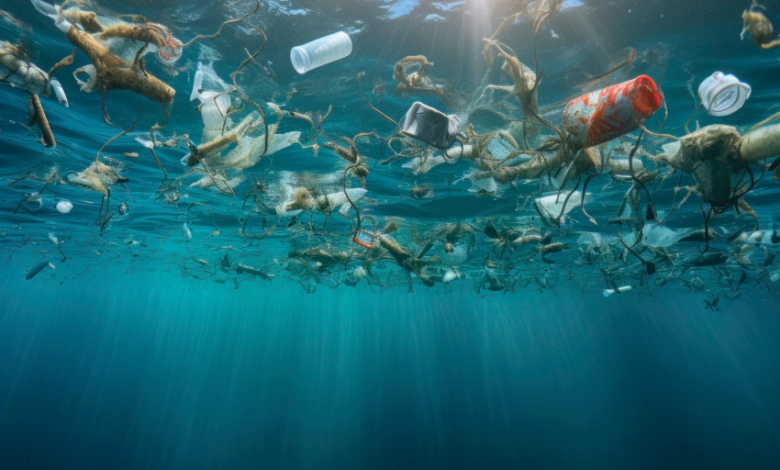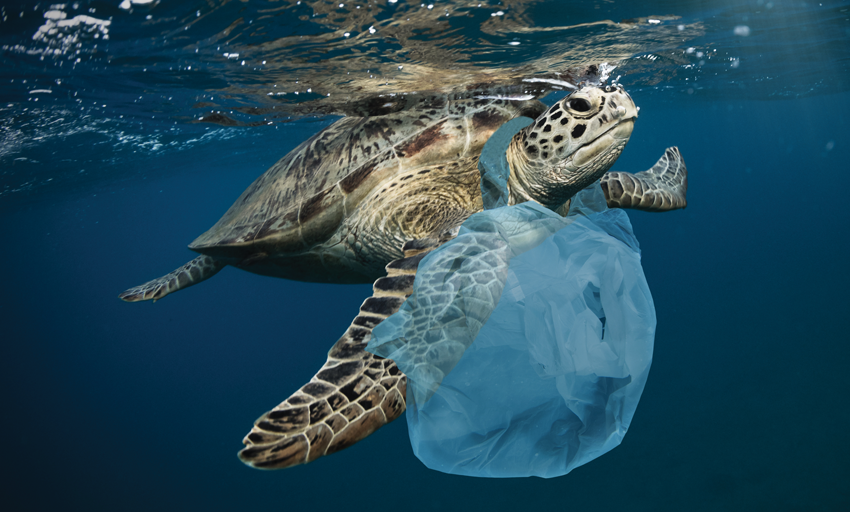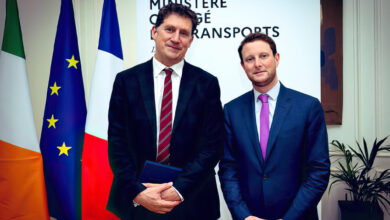Marine litter: An under-reported problem

A European Environment Agency (EEA) report traces the problem of marine litter from source to sea to help policymakers and citizens understand what can be done about it.
Warning that “marine litter has no easy fix”, the From source to sea — The untold story of marine litter report, published in January 2023 explains: “The majority of beach and marine areas [in the EU] show worrying signs of pollution. Plastic waste generation is not yet decoupling from gross domestic product (GDP) in the EU and total EU waste generation is still growing.”
Growth and pollution reduction
Contrary to the increasing orthodoxy in the EU of degrowth as a solution to tackle pollution and climate crises, this report says that “economic growth does not have to result in more plastic waste in European seas”.
The report acknowledges that an “absolute decoupling” of waste from economic growth has not been achieved. However, it asserts that “there are positive signs that waste generation seems to be increasing at a slower pace than gross domestic product (GDP)”. It outlines the main problem as being that demand for plastic is still growing, which translates into increased plastic waste generation per person, particularly packaging, which is subsequently easily converted into waste.
Although the report says that efforts to improve collection and waste management have made some headway in reducing mismanaged plastic packaging and small non-packaging plastic items (PPSI) waste as a share of total waste, it warns that “only a few countries have succeeded in lowering absolute amounts of PPSI waste”.
There is positivity in that total waste generation in the 27 EU member states has increased at a much lower rate than economic growth in recent years, with the growth of marine litter at a relatively low 4.4 per cent in the past decade compared to a GDP growth rate of 17 per cent between 2010 and 2018.
It is asserted that this level of modest progress indicates a relative decoupling of waste generation from economic growth was not observed for plastic waste generation. However, it is also stated that European plastic waste generation is growing at a faster pace than the GDP. The EU’s coastal areas and riverine basins remain under serious pressure from plastic waste loads.

Furthermore, mismanaged municipal plastic waste continues to plague urban areas, and the EEA states that coastal communities are not helping themselves by failing to tackle their own waste leakages into the environment.
“The total amounts of municipal plastic waste generated by the EU’s coastal regions increased between 2012 and 2018, based on country and regional estimates. The Mediterranean and Black Seas are the worst affected. Only in the northeast Atlantic Ocean and Baltic Sea regions have total amounts of coast-generated plastic waste declined.”
Improved use of data
Comprehensive data on rivers and the tributaries that feed them are crucial for understanding the relationship between the sources and pathways of litter flows. Yet the methods currently used to monitor and analyse freshwater environments and their complex relationships are underdeveloped compared with those used in the marine domain.
To fill the knowledge gaps, the report outlines that targeted and coordinated efforts are needed across Europe to set up observation stations, harmonise methods for collecting data, and develop protocols for reporting and analysing the extent and changing state of riverine litter.
“Better data informs funding and action proportionate to waste management capabilities and needs, and to litter prevention activities on the ground. They also support coordinated measures targeting system- and river-basin-wide solutions dealing with the cross-border nature of riverine systems,” the report says, further emphasising: “Pan-European approaches developed by pan-European policymaking are the way forward.”
Tackling at source
The EEA has clearly identified that litter needs to be tackled and prevented at source. For that, it outlines a need for more complete picture of what it describes as the “real issues”, namely the origins, pathways, amounts, and effects of marine litter.
It further states that traditional methodology such as clean-ups and physical monitoring by volunteer citizen scientists are invaluable, whilst also outlining how technology can play an increasingly important role, including via Earth observation remote sensing using satellites, planes, drones, and AI to “help make sense of the big data collected”.
Waste leakage and riverine litter estimation models, and the EEA’s novel Marine Litter Assessment Tool (MALT), are “just as important as fine-grained data collection and monitoring activities”. These tools are needed to drive political decision-making in countries and communities facing the biggest waste mismanagement problems, leading to the highest ‘litter loads’.
The report makes an overarching conclusion for EU decision-makers: “To find solutions, EU legislation is moving towards a more integrated approach based on monitoring.” However, it also states that more emphasis on building robust policy feedback loops is needed.





